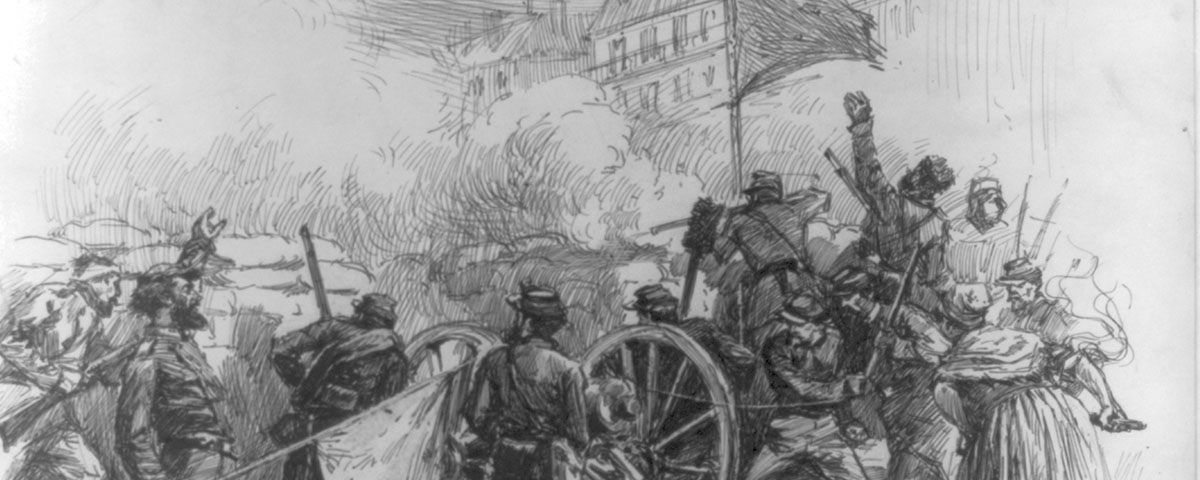Paul D. Lockhart, professor of military history at Wright State University, picks eight of the most consequential sieges in history, which had far-reaching effects on strategy, ethics, politics, national destiny, and even French cuisine.
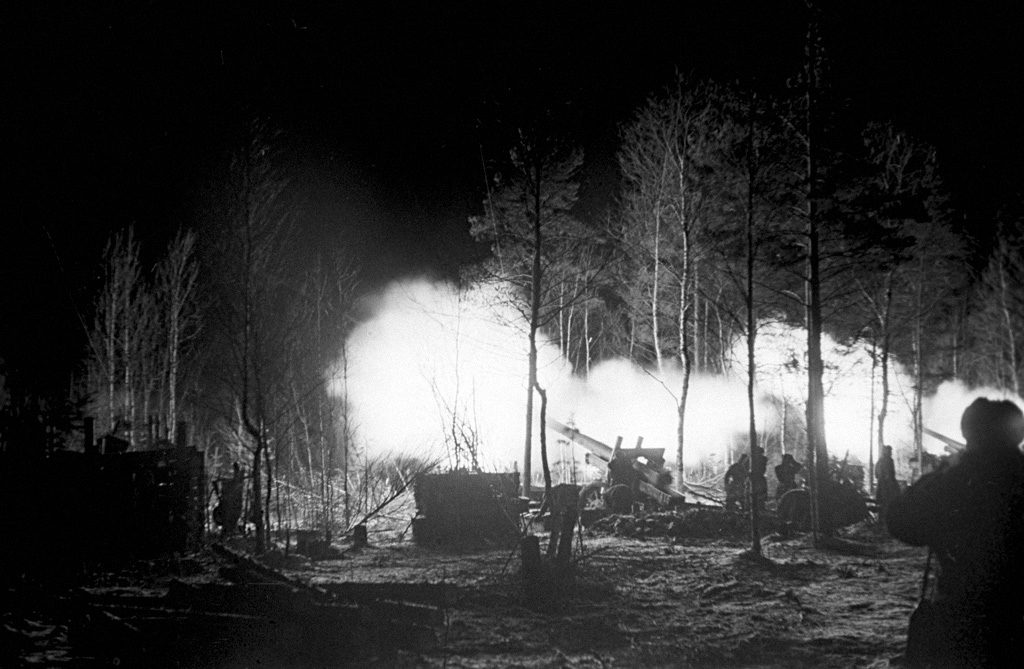
Leningrad 1941–1944, World War II
As a major industrial center, Leningrad was a primary target of the 1941 German invasion of the Soviet Union. German Army Group North, aided by Finnish troops, encircled Leningrad in September and the city held out until January 1944, when Soviet forces freed it. The 872-day siege was the most costly ever: As many as a million civilians died, and nearly as many Soviet troops. Hunger, not enemy fire, was the prime killer.
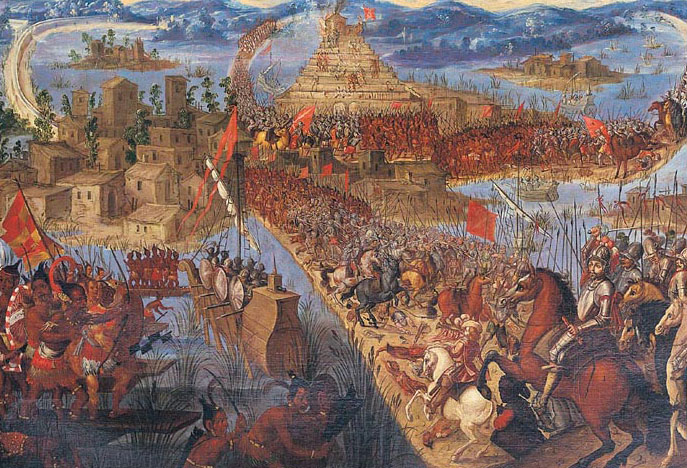
Tenochtitlan 1521, Spanish conquest of Mexico
The three-month siege of the Aztec capital (present-day Mexico City) pitted a Spanish force of around a thousand, albeit heavily bolstered by native allies, against hundreds of thousands of warriors. The crowning victory for the army under adventurer Hernán Cortés made possible the building of a Spanish empire in the New World. But the fighting was brutal even by 16th-century standards; toward the end, the Aztecs ritually sacrificed Spanish prisoners, cutting out their hearts.
Fredriksten 1718, Great Northern War
A largely forgotten clash in a largely forgotten war, the Swedish siege of this Norwegian fortress was less than two months old when Sweden’s great warrior-king Karl XII died from a gunshot to the head. The siege ended Sweden’s unlikely career as a great power, making way for the rise of Karl XII’s great rival, Tsar Peter the Great of Russia.
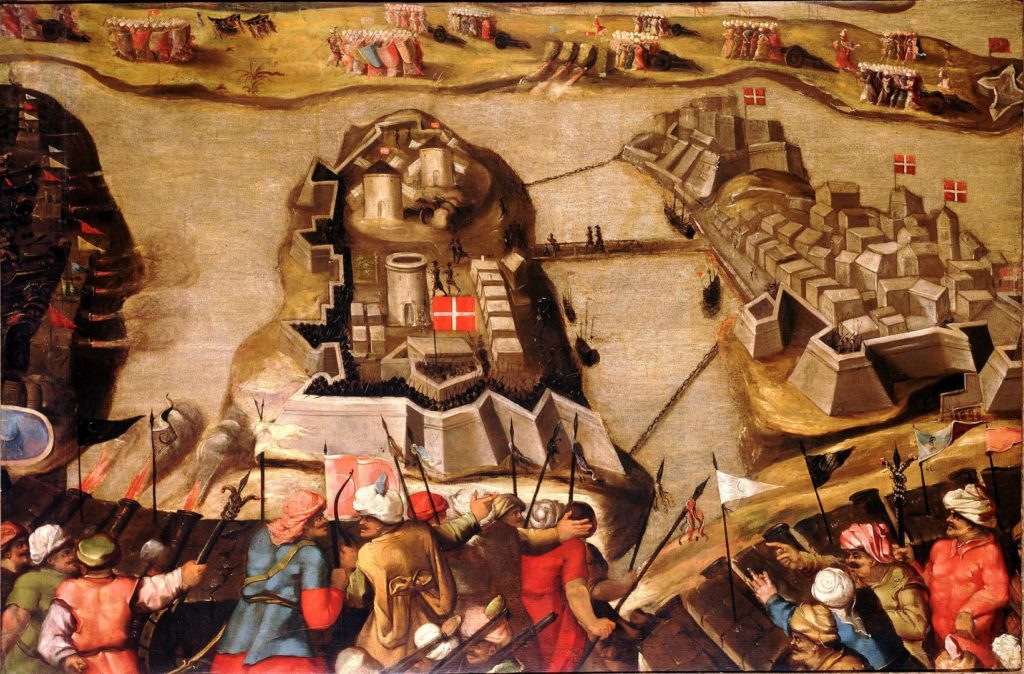
Malta 1565, Ottoman-Habsburg Wars
The Turkish attack on Malta, then held by the Knights Hospitaler, was unsuccessful; Christian forces held out against the overextended Ottoman attackers. But the four-month siege ranks among the most macabre in history: On one occasion, Christian cannons bombarded a Turkish camp with the heads of decapitated Turkish prisoners.
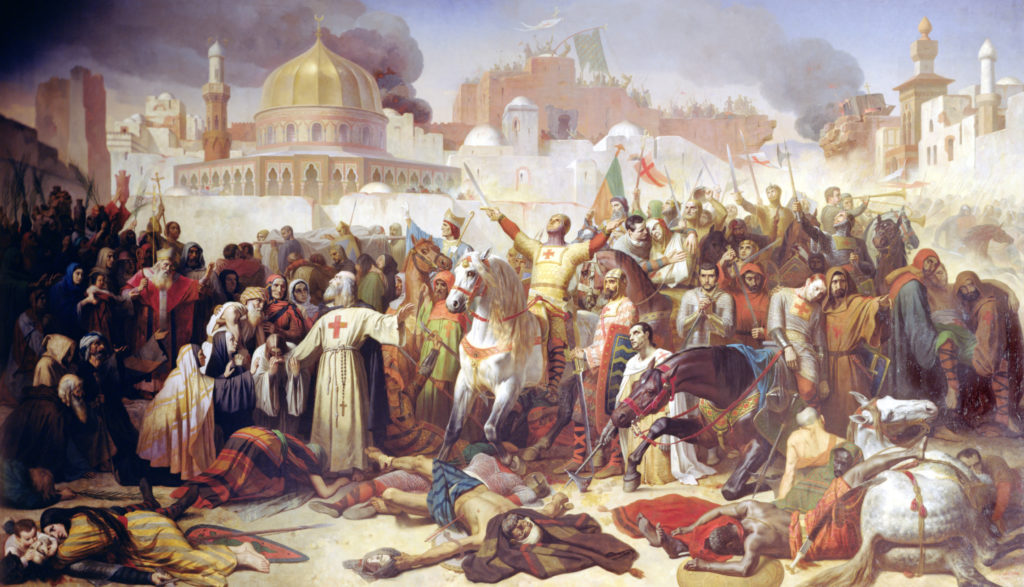
Jerusalem 1099, First Crusade
High civilian casualties are common in sieges, usually the result of starvation or disease. The ghastly toll in this case, though, was the result of deliberate slaughter. European knights—the Crusaders—besieged Jerusalem for little more than a month before they took it by storm. The atrocities of the victorious knights sullied their glory: The entire garrison and almost all the men, women, and children—Jew and Muslim alike—were put to the sword. As many as 70,000 perished.

Candia 1648–1669, Cretan War
An Ottoman army laid siege to this Venetian fortress on the island of Crete in May 1648. After many attempts, most notably by France, to relieve the garrison, Candia finally capitulated…21 years and four months later. The loss of life was reasonably low and the Turks granted generous terms to the vanquished, but Candia was and remains the longest siege in recorded history.
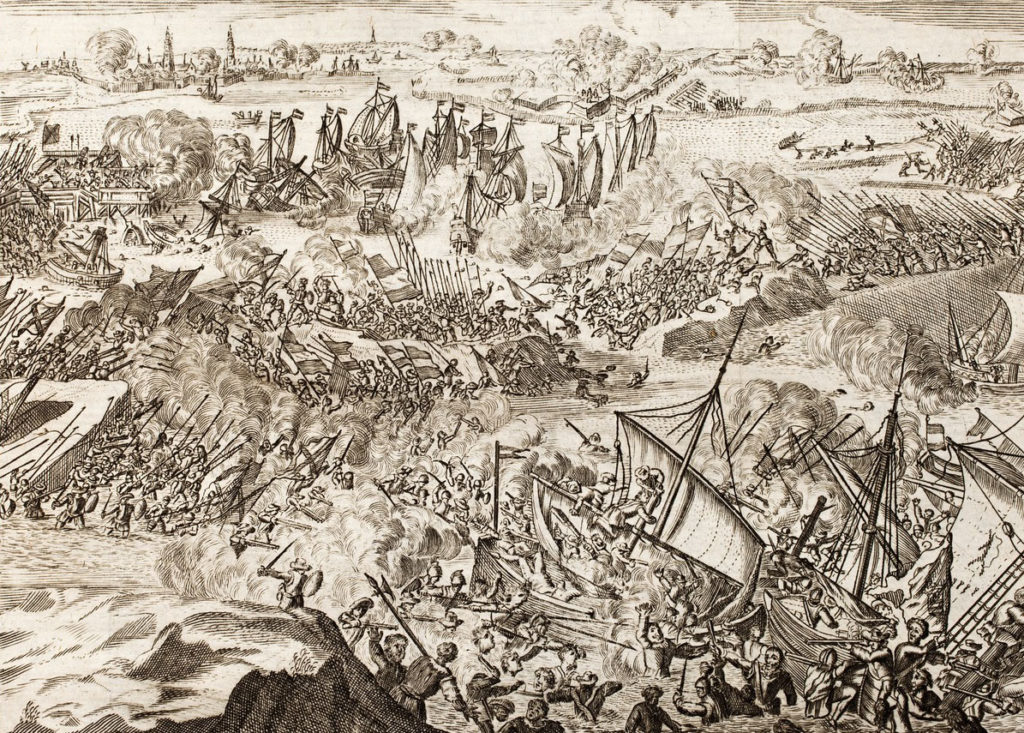
Antwerp 1584–1585, Dutch Revolt
The Spanish investment of Antwerp stands out for the sheer ingenuity of both sides. The Spanish—under the capable direction of Alessandro Farnese, Duke of Parma—built a giant pontoon bridge across the Scheldt River to cut off Antwerp from the sea, a major engineering feat. The Dutch garrison, in response, opened dikes to flood out the Spanish and sent fire ships to burn the pontoon bridge. None of the Dutch countermeasures was successful, and the city capitulated to Parma 13 months later.
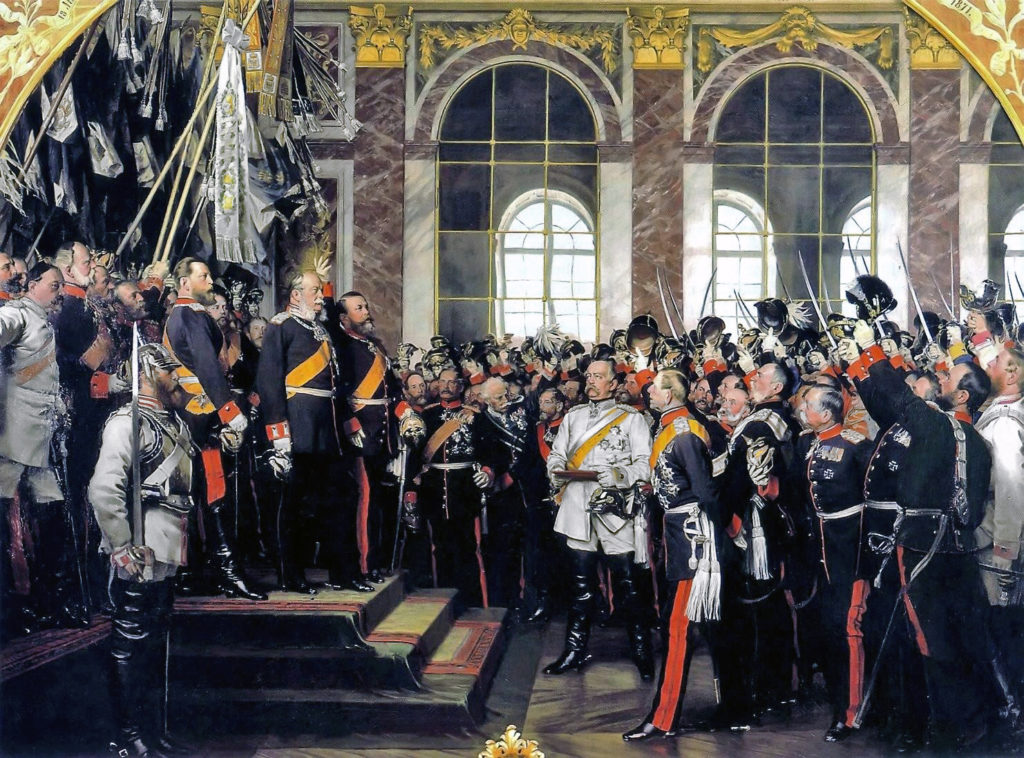
Paris 1870–1871, Franco-Prussian War
The Prusso-German army’s victory here ended the war and led to the unification of Germany. And by stoking French hatred of Germany, it hastened the coming of World War I. Starving Parisians held out for four months, and their spirits remained unbroken. Ordinary citizens, university students, and even cultural elites like Victor Hugo manned the city walls. When provisions ran low, the city turned to unconventional fare: horses at first, then dogs, cats, and rats, and finally animals from the city zoo, including camels and elephants.

